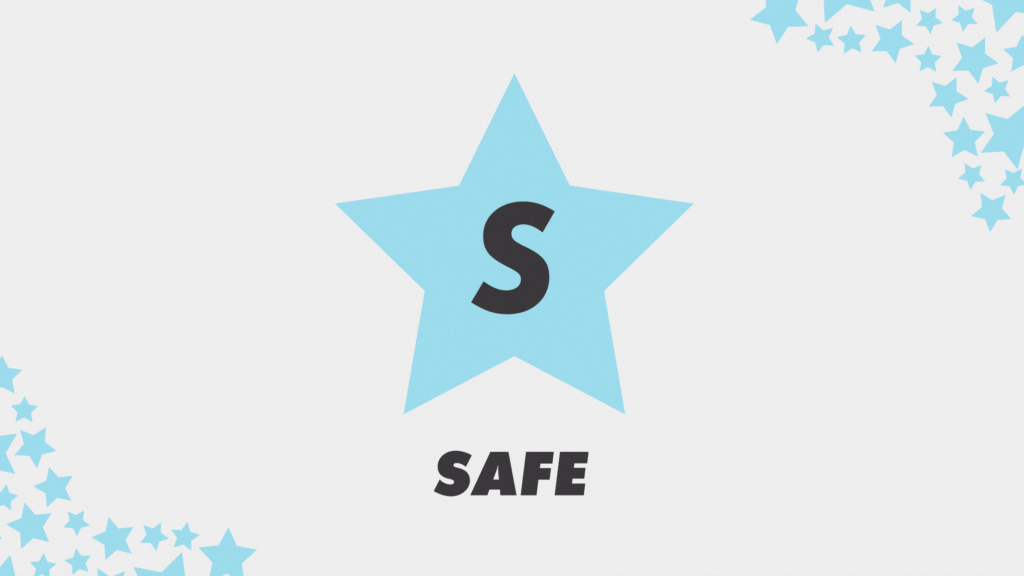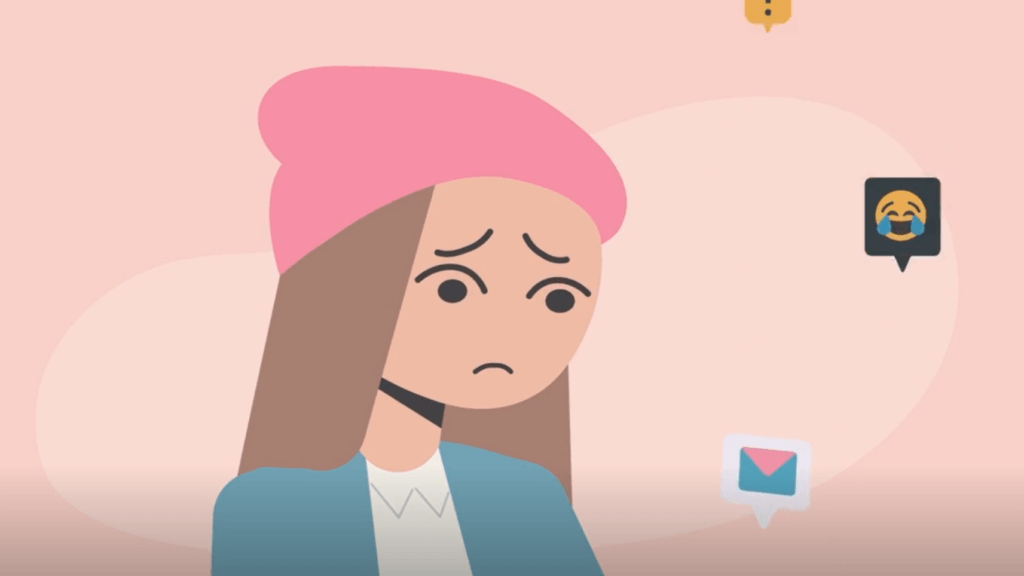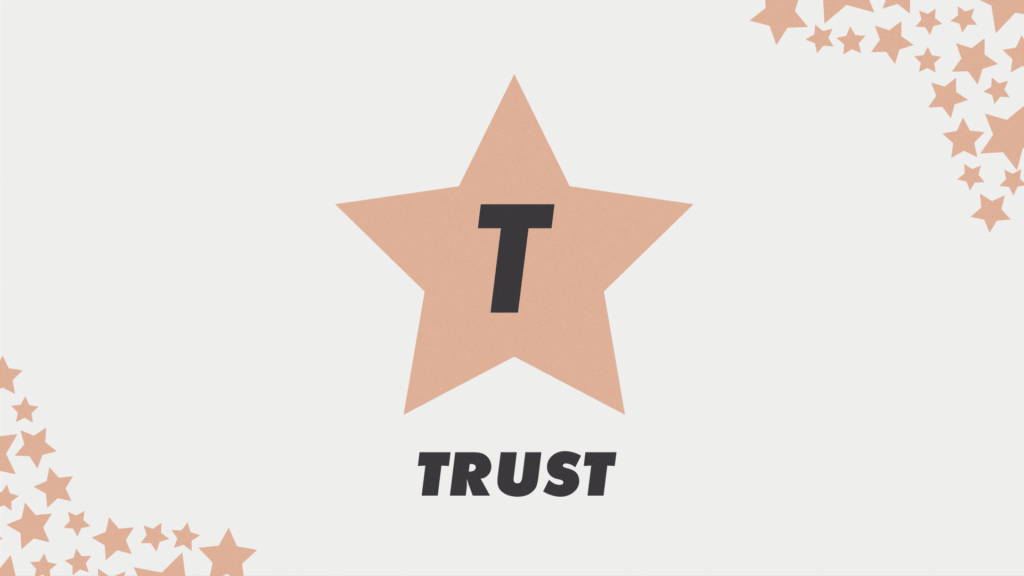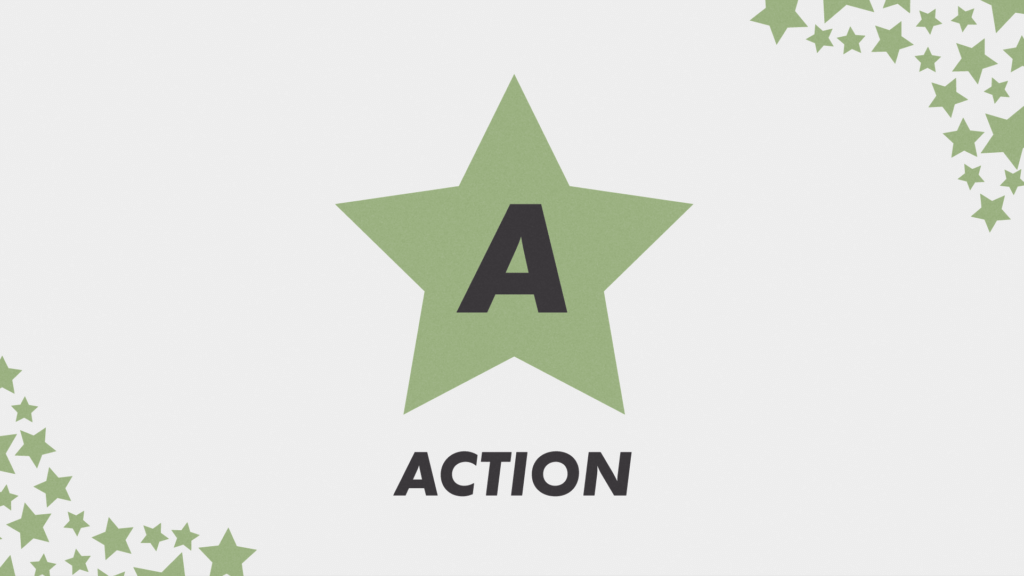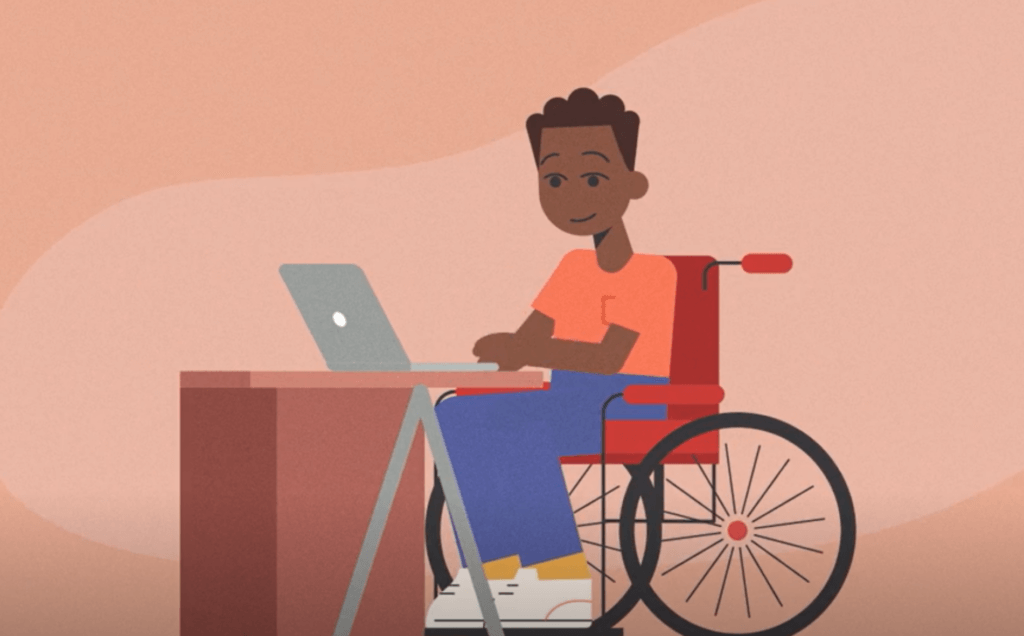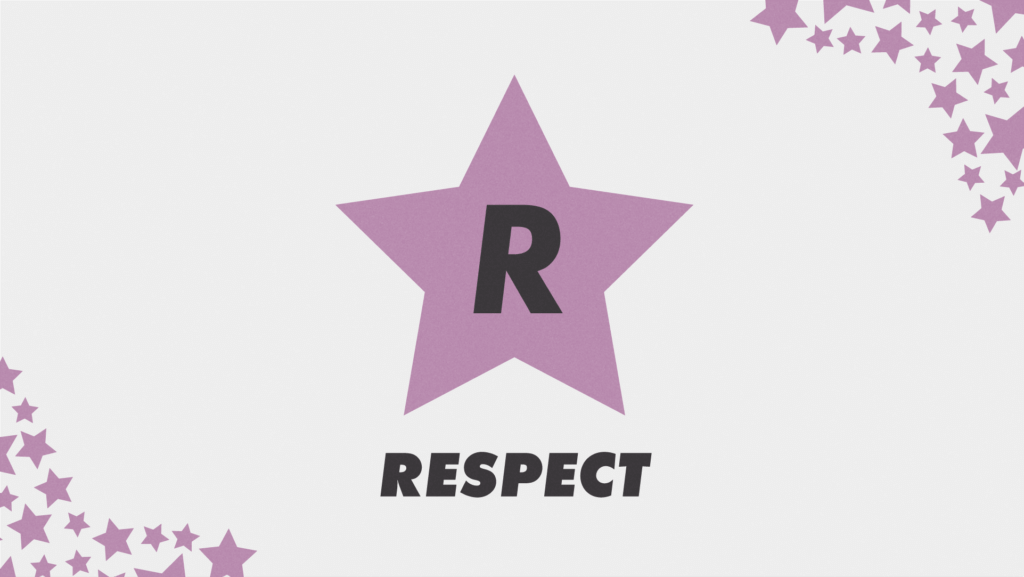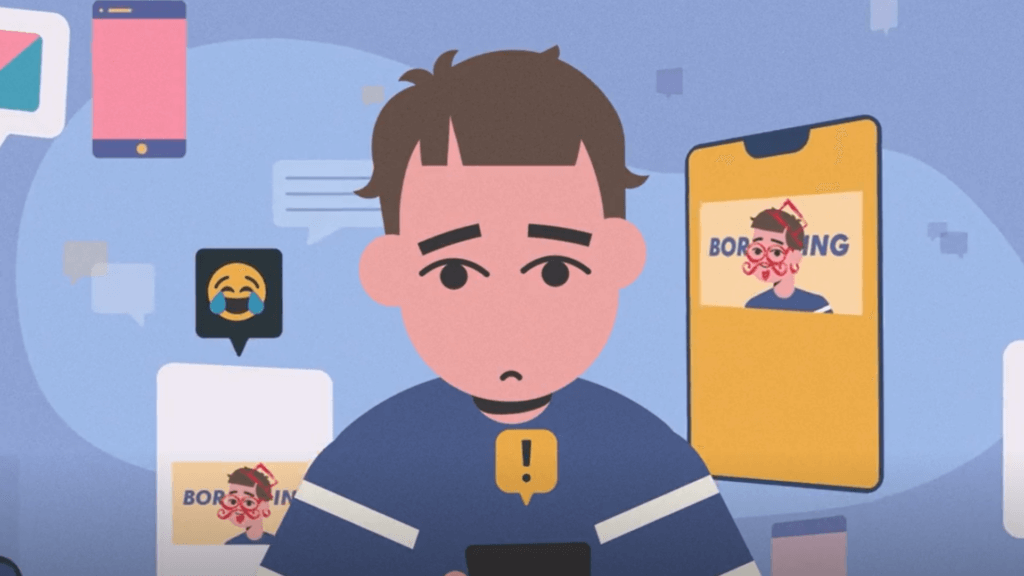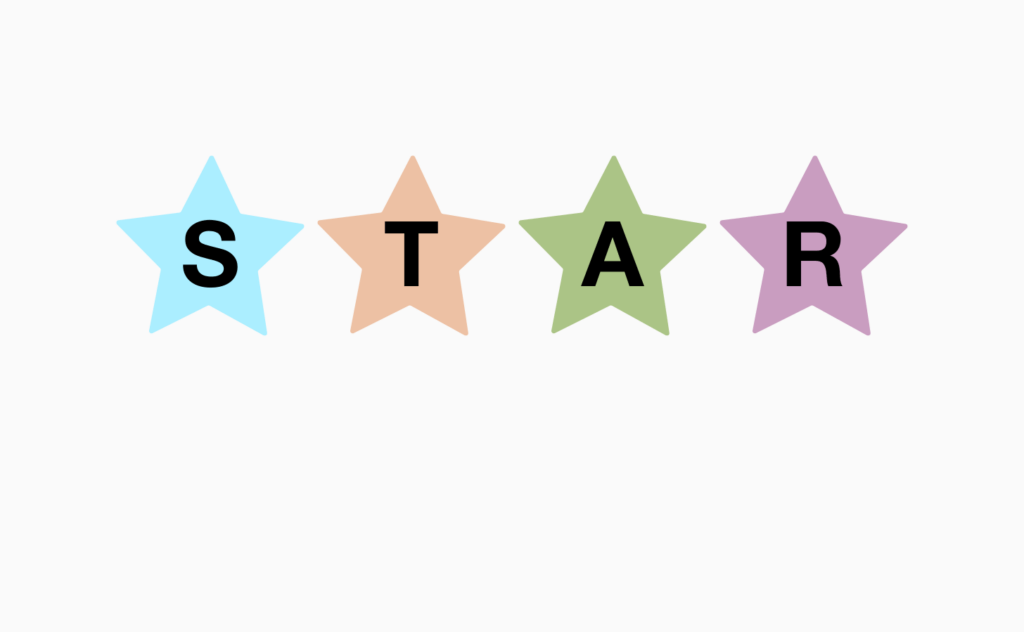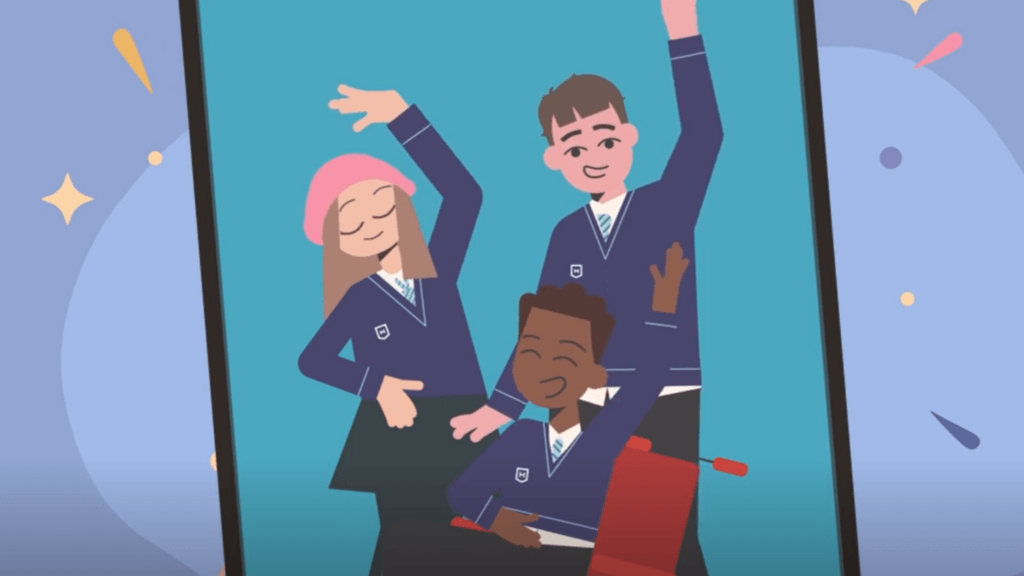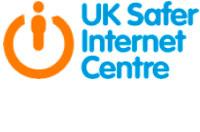Much of what we see and do in our everyday lives can often be shared online, including information, photographs, videos and stories. Sharing online can be a great way of keeping in touch with friends, learning from others and simply sharing life experiences. However, we need to always consider who we are sharing this information with.
Sharing information online can be done intentionally by sharing a post or writing a comment, or unintentionally by other people resharing your posts or comments to a wider or different audience. Sharing also involves information, images and videos relating to others that we share online as well as things about ourselves.
The internet can be a great platform for young people with additional needs to communicate with others without the added challenge of face to face contact. However, it can be challenging for them to differentiate between what information, images and videos are OK to share with others online, and what is not ok to share, and who we could share it with.
Autistic young people, in particular, tend to be very trusting and honest which could lead to them sharing information, images and videos with strangers online.
The internet comes with an added ambiguity that there is no hard and fast rule that will work for every situation.
Often, we have to assess the situation for ourselves and carefully consider the level of risk. Young people with additional needs will need to be supported in differentiating not only what a stranger is online, but also what you should and shouldn’t share with them.
- An introduction and advice for educators on teaching this topic
- Key vocabulary to share with learners
- Starting point discussions to introduce key concepts
- Teaching point activities designed to deliver key messages in a variety of styles
- A quiz for recap and assessment
- Ways to revisit and extend the learning
- A document to share beyond the classroom (with parents, carers and residential staff)
